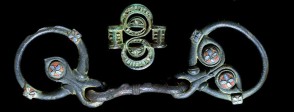Graves, such as that at Wetwang, are very important for archaeologists as they provide sets of objects which the people who carried out the burial felt belonged together and which therefore give an insight into the beliefs of the culture. Finds of individual objects or groups of objects can be harder to interpret; the object may have been a religious offering or hidden for safe-keeping or simply lost. The most magnificent objects from Iron Age Britain have been found in this type of deposit. Many of them, especially those found in water, are thought to have been offerings to gods.
Horse harness from the Stanwick hoard
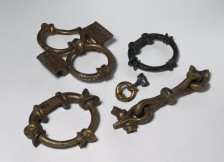
Horse trappings from Stanwick, North Yorkshire, deposited in a pit. AD 40 – 80.
See more See more: https://www.google.com/culturalinstitute/beta/asset/horse-harness-from-the-stanwick-hoard/ogHZQlwJWJ1OjgHorned helmet
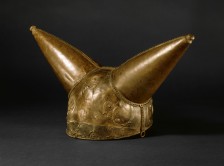
A helmet from Waterloo in London, deposited in the river Thames. 150 – 50 BC.
See more See more: https://www.google.com/culturalinstitute/beta/asset/horned-helmet/tQHDMHxzayZ8_gHolcombe mirror
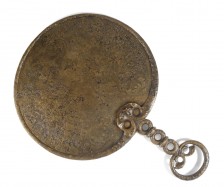
A mirror from Holcombe in Devon, deposited in a pit. AD 30 – 70.
See more See more: https://www.google.com/culturalinstitute/beta/asset/the-holcombe-mirror/BgHtGY5RjZZBeABattersea shield
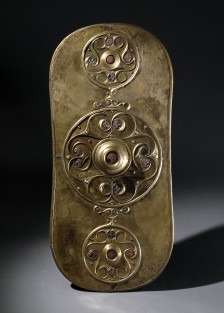
A shield from Battersea in London, deposited in the river Thames. 350 – 50 BC.
See more See more: https://www.google.com/culturalinstitute/beta/asset/the-battersea-shield/ZQH6ngDL5EutWgThe Snettisham Hoard
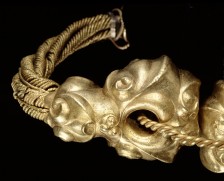
A hoard of gold, silver and electrum torcs (neck rings) from Snettisham in Norfolk, deposited in pits. 75 BC.
See more See more: https://www.google.com/culturalinstitute/beta/asset/gold-torc-from-the-snettisham-hoard/4gExc3SUE1npLg

